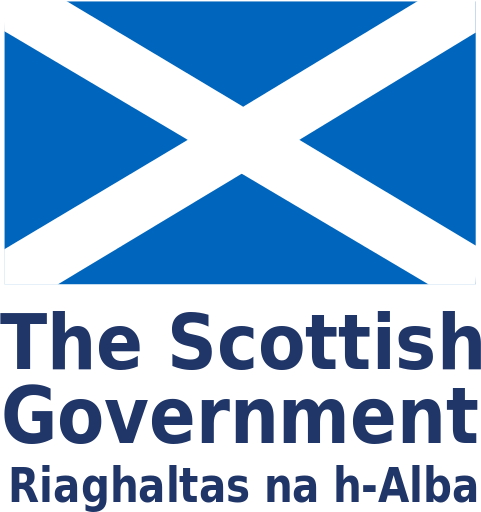- There is substantial evidence to support the beneficial effect of regular physical activity on risk factors for stroke including hypertension, glucose intolerance, low density lipoprotein cholesterol concentrations and obesity.
- Physical activity may reduce the risk of stroke (both ischaemic and haemorrhagic) and is an important modifiable risk factor (this evidence was in relation to primary prevention but it is reasonable to extrapolate from this that there will be a secondary prevention effect).
- There is a direct and dose respondent relationship between blood pressure and stroke risk.
- Activity helps to lower BP and improve lipid profiles, improve endothelial function and vasodilation and reduces blood viscosity, fibrinogen levels and platelet aggregability.
- Moderately active people have 20% lower risk of stroke.
- Highly active people have 27% lower risk of stroke.
Page last reviewed: 14 Oct 2021


